The zeros of the polynomial function g are 4 and -2. If the range of g is the set real numbers greater than or equal to -3, which of the following could be the graph of y=g(x) in the xy-plane?
A

B
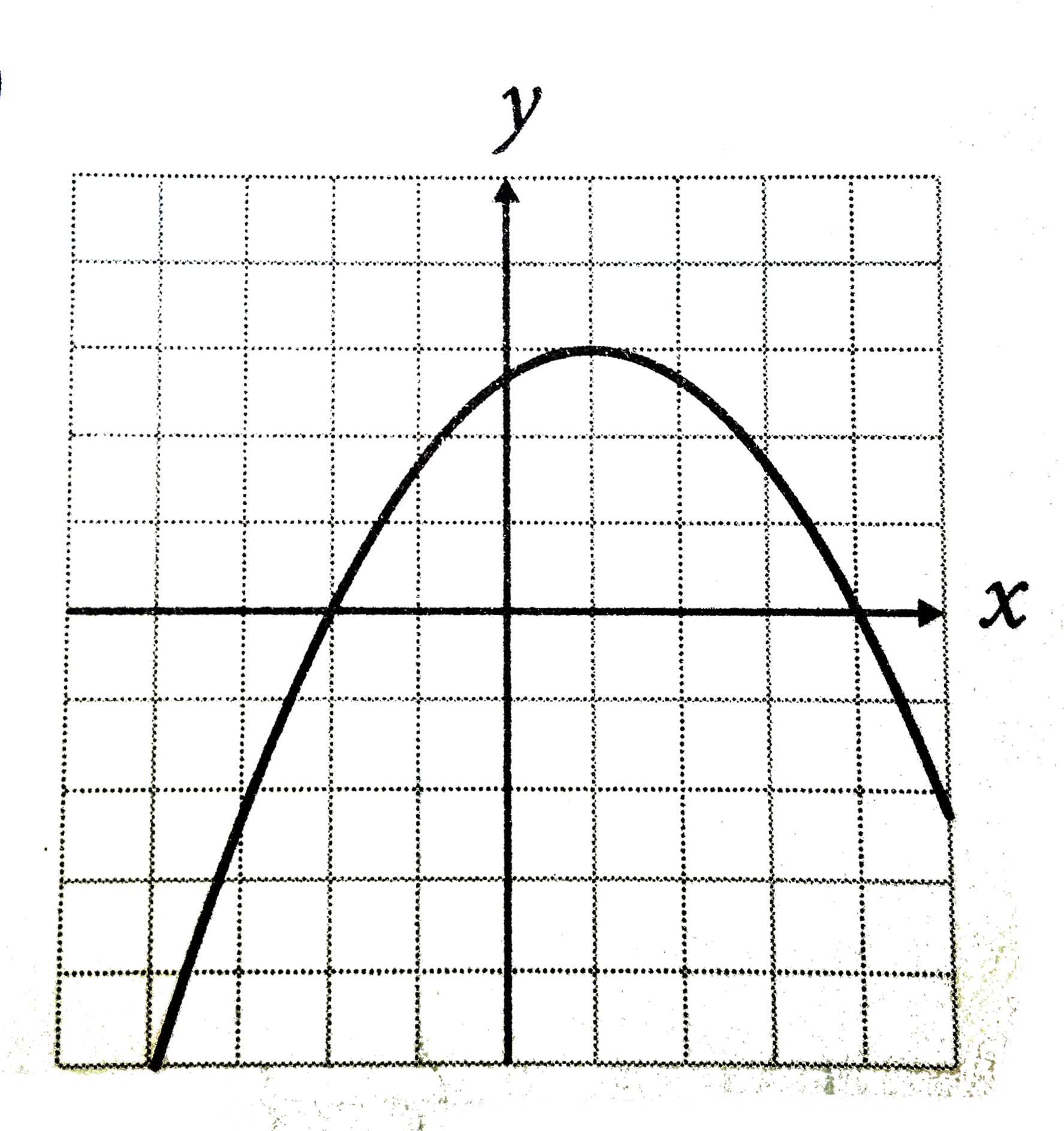
C

D
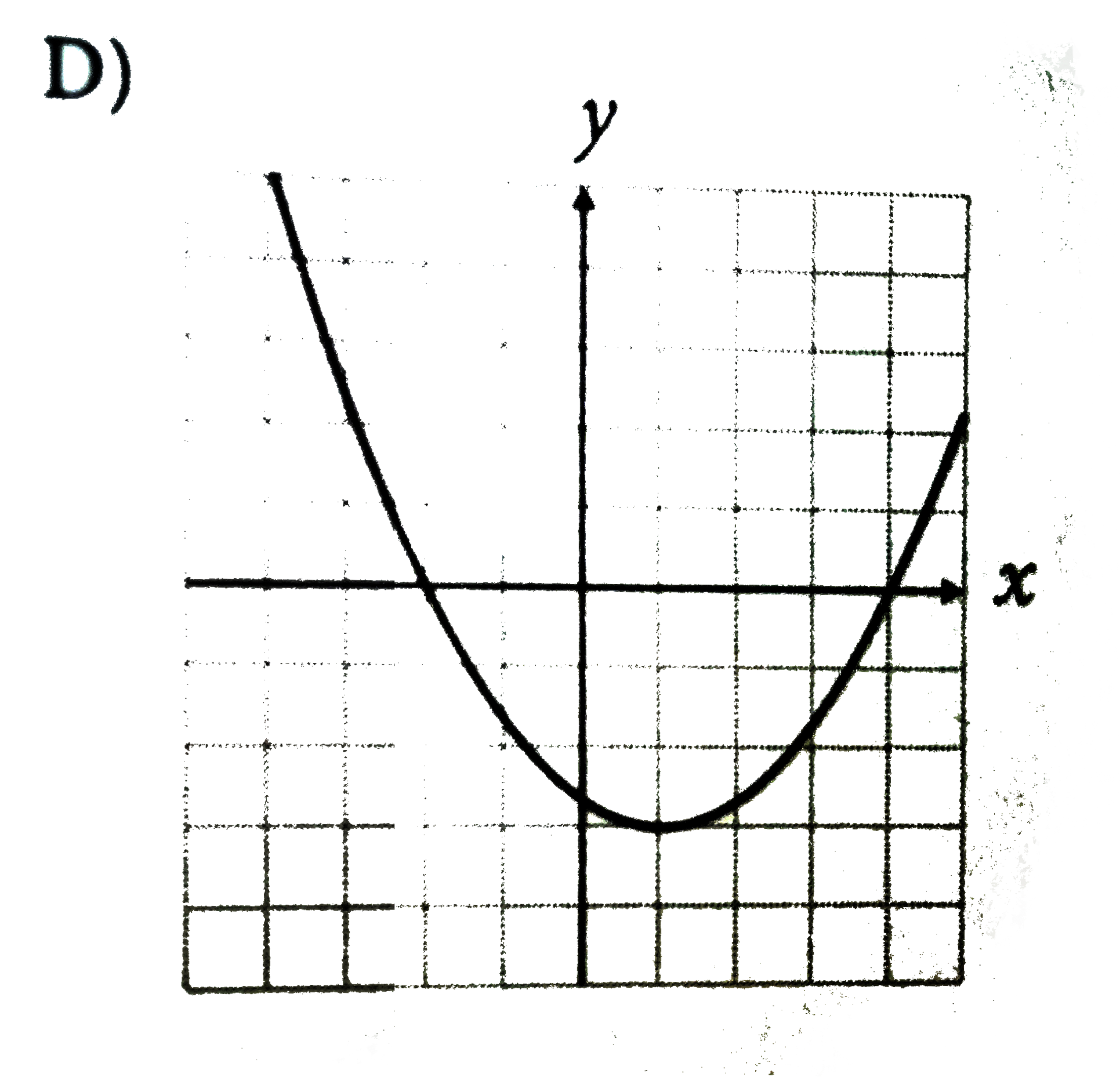
Text Solution
The correct Answer is:D
|
Topper's Solved these Questions
- PROBLEM SETSBOOK - PRINCETONCHAPTER - PROBLEM SETSEXERCISE - PROBLEM SET 15: GRID-INS
11 Videos
- PROBLEM SETSBOOK - PRINCETONCHAPTER - PROBLEM SETSEXERCISE - PROBLEM SET 16: MORE GRID-INS
11 Videos
- PROBLEM SETSBOOK - PRINCETONCHAPTER - PROBLEM SETSEXERCISE - PROBLEM SET 13: ADVANCED GEOMETRY
11 Videos
- PRACTICE TEST 4BOOK - PRINCETONCHAPTER - PRACTICE TEST 4EXERCISE - Math Test-Calculator
38 Videos
- SAT MATH: THE BIG PICTUREBOOK - PRINCETONCHAPTER - SAT MATH: THE BIG PICTUREEXERCISE - Example
4 Videos
Similar Questions
Knowledge Check
If G2<G, which of the following could be G ?
A1B237C723D−4The range of the polynomial function f is the set of real numbers less than or equal to 4. If the zeros of f are −3 and 1, which of the following could be the graph of y = f (x) in the xy-plane?
A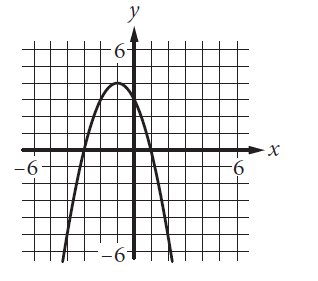 B
B C
C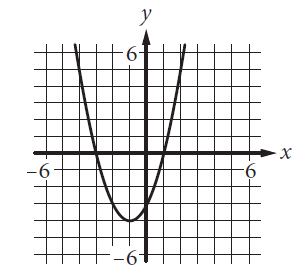 D
D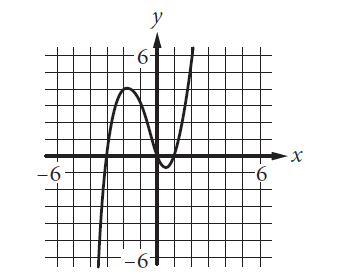
12 If the function f has five distinct zeros, which of the following could represent the complete graph of f in the xy‑plane?
A B
B C
C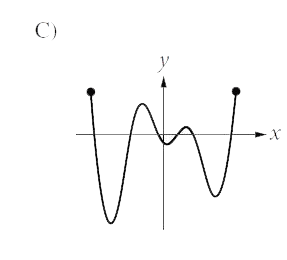 D
D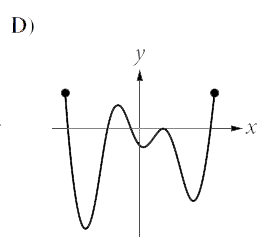
Which of the following functions have their range equal to R(the set of real numbers)?
View SolutionWhich of the following equations has a graph in the xy-plane for which y is always greater than or equal to −1 ?
View SolutionWhich of the following could be g(x) if f(x)=5x2+4 and f(g(3))=84 ?
View SolutionIf function f has exactly two distinct real zeros, which of the following graphs could be the complete graph of f (x) ?
View SolutionIn the xy-plane, the graph of the functions g has zeros at -4, 2, and 4. Which of the following could define g?
View Solution
